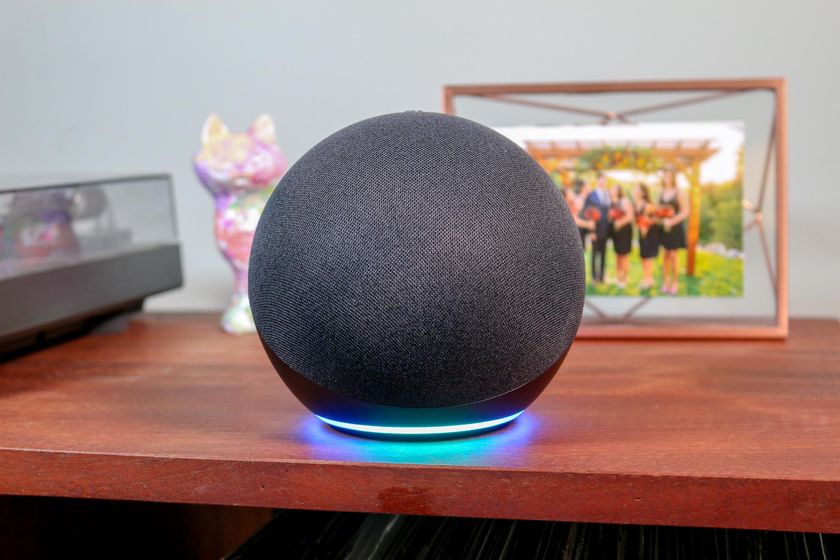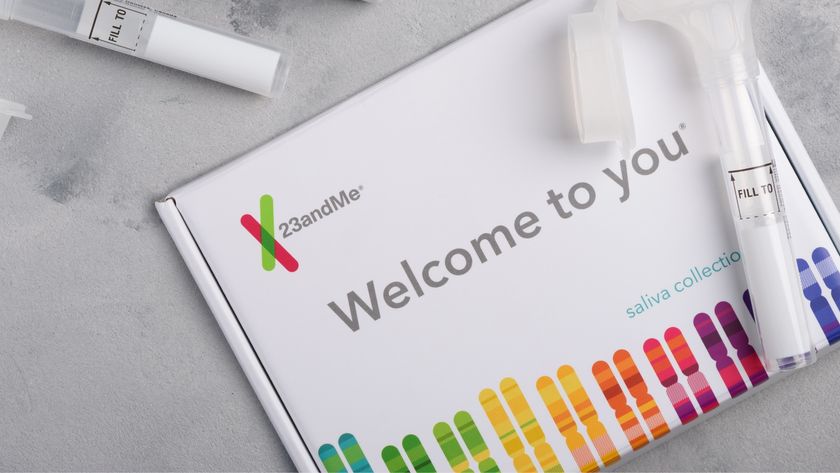Galaxy Home Adds Smarts But Still Lacks a Ship Date
Samsung's smart speaker got some stage time during its developer conference, but we still don't know how much this would-be Amazon Echo rival will cost or when it will arrive.
SAN FRANCISCO — With a foldable phone grabbing all the hype and a revamped phone interface giving us a glimpse of what Samsung phones might look like in the very near future, it's understandable that other products might have gotten lost in the shuffle at Samsung's developer conference today (Nov. 7).
And that's exactly what happened with the Galaxy Home, the voice-powered smart speaker Samsung's working on to challenge similar products from Google and Amazon.

The Galaxy Home made an appearance on stage during today's keynote outlining Samsung's vision of a lifestyle built around connected devices. But it was easy to overlook the speaker since Samsung said very little about it that we hadn't already heard during a sneak peak at Galaxy Home back in August.
At the time, when the Galaxy Home made its debut at the same event where the Galaxy Note 9 made its debut, Samsung promised more info about the speaker at this developer conference. But that info didn't turn out to be a price or a ship date. We're still in the dark on how much the Galaxy Home will cost and when it will arrive.
MORE: Best Smart Speakers
Bixby built in
Instead, Samsung talked up the speaker's smart features, which now include tapping into the built-in Bixby assistant to make hands free phone calls. With a voice command, you can ask Bixby to call up a contact, turning the Galaxy Home into a fancy speaker phone. You're also able to ask the speaker to find your phone when you've misplaced it in your home.
Sign up to get the BEST of Tom's Guide direct to your inbox.
Get instant access to breaking news, the hottest reviews, great deals and helpful tips.
These features come with a couple of caveats. You'll need to connect your phone to the Galaxy Home over Bluetooth to take advantage of these features. And they'll also only work with Samsung phones — great if you've got a Galaxy S9 or Note 9, but not so much if you use a different Android phone.
Otherwise, the Galaxy Home's appearance at Samsung's developers conference served mostly to remind us of the features Samsung touted in August. The speaker features eight far-field mics, 6 1.5-inch speakers and a 4-inch subwoofer. There's a built-in SmartThings hub that lets you control compatible smart home devices from the speaker.
Directional audio
Still, it's helpful to see some of these features in action. Take Sound Steer, which lets you direct audio toward where you're sitting in the room. You can do this either using SmartThings app on your phone to manually change the direction or use the verbal "Sound steer" command and have Bixby do the work for you. In practice, it's a very clever way of adjusting your audio experience on the fly.
Samsung set up a demo at its developer conference where about three dozen Galaxy Home speakers tapped into Spotify, which is partnering with Samsung on this device, to fill a room with pulsating techno music. It's a bit of cheat, since you're not going to have 36 or so smart speakers lined up in your home (well... nothing's stopping you), but it still demonstrated Galaxy Home's rich, clear tones and thumping base without the high volume causing any distortion.
Pricing and availability a mystery
With no pricing and availability, it seemed like Galaxy Home's primary purpose for being at this event was to tempt developers into using the new Bixby Developer Studio to optimize their own offerings for the smart speaker. That only underscores the long odds Samsung is facing here.
After all, Amazon already has a vast array of skills that developers have built for its Alexa-powered speakers and Google Home has established itself in the marketplace as well. Nearly three months after Samsung first unveiled it we're still waiting for a chance to see what a shipping version of Galaxy Home can do.
Philip Michaels is a Managing Editor at Tom's Guide. He's been covering personal technology since 1999 and was in the building when Steve Jobs showed off the iPhone for the first time. He's been evaluating smartphones since that first iPhone debuted in 2007, and he's been following phone carriers and smartphone plans since 2015. He has strong opinions about Apple, the Oakland Athletics, old movies and proper butchery techniques. Follow him at @PhilipMichaels.












- 2




